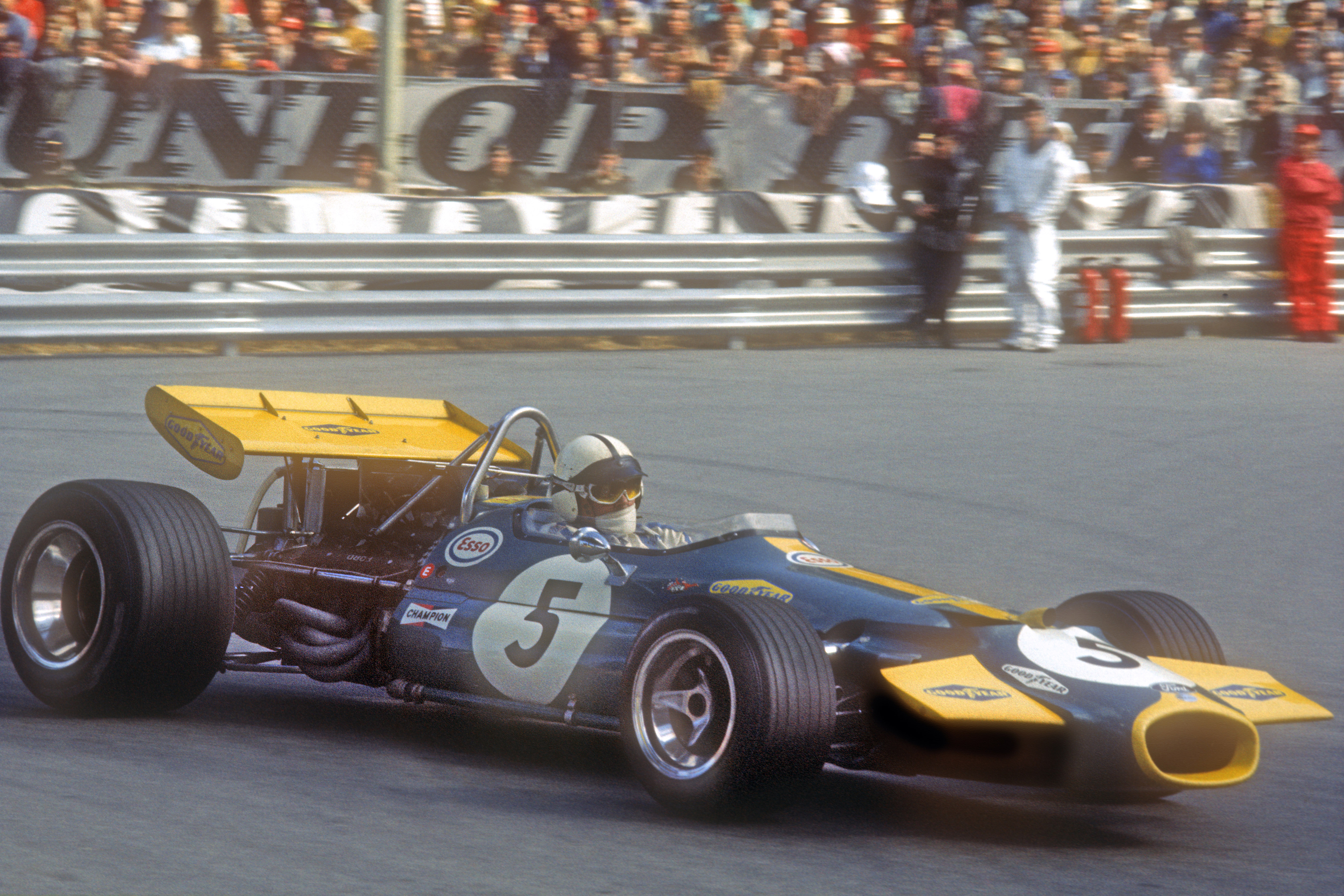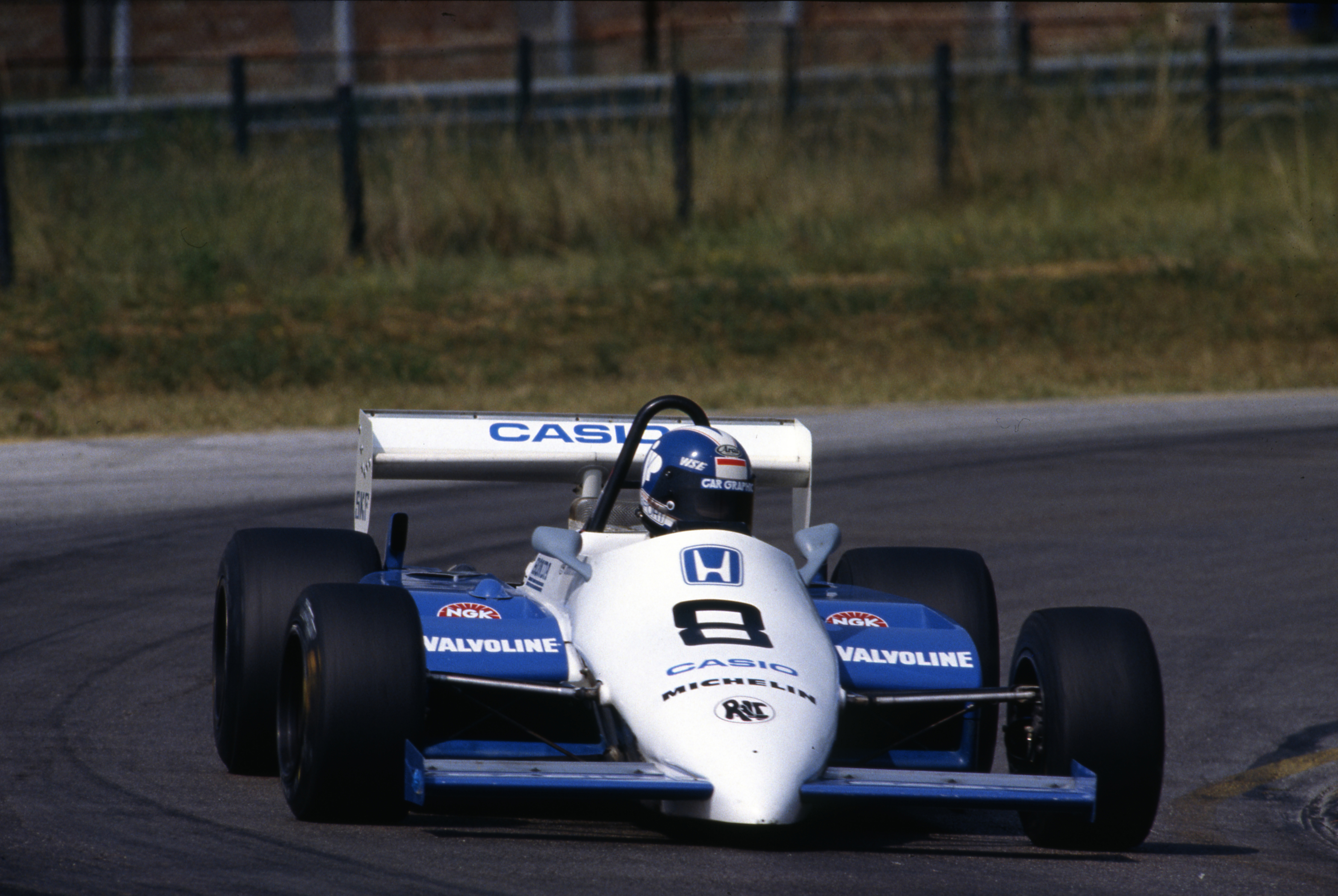Ron Tauranac, the legendary designer responsible for the early Brabham Formula 1 cars and the Ralts that earned so much success in junior single-seaters, has died. Mark Hughes pays tribute to him
Ron Tauranac’s racing car creations spanned the decades, from his hillclimb specials in his native Australia through the world championship-winning Brabhams of the 1960s and onto the Ralts that came to dominate the junior categories in the late 1970s/early 1980s. He was still active as a consultant engineer until shortly before his death, aged 95.
He had a reputation as a somewhat salty character but that was just the defence for a certain social awkwardness which he put down to having been raised in the rural outback.
In reality he was a good-natured soul, particularly in later life. His bond with Jack Brabham was profound, based on mutual respect, but not without a certain ‘odd couple’ niggle.
Tauranac’s cars had the reputation of solidly-engineered simplicity. They were safe, easy for customers to run – his cars for both Brabham and Ralt establishing dominance in their customer markets of the time – and competitive.
Never a slave to the latest trends, or going out on a design limb, he infamously passed Formula 1 monocoque construction by for eight years before adapting it for his 1970 Brabham BT33, the car which – with just slightly better reliability – might have taken Jack to his fourth world championship in his final season, aged 44. Even then, it was only because the new regulations concerning fuel tank arrangements essentially forced that construction method upon him.
Ron preferred the spaceframe, he said, because it allowed him to tailor the glassfibre panels in a much more aerodynamically sympathetic way than the boxy contours a monocoque imposed with the technology of the time.

Like Brabham, he was a keen pilot – and their trip back from Jarama 1970, with Jack in the pilot’s seat, Ron alongside, encapsulated their relationship beautifully.
Brabham had retired from the lead of the race with fuel starvation and as they were flying along he began to jab at Tauranac.
“You’ve never been any bloody good at fuel systems,” he said. “Should have done the bloody thing myself.”
They bickered back and forth like this until suddenly the plane’s engines cut and there was silence. Tauranac burst out laughing and said, “You’re so bloody good at fuel systems yet you forgot to switch the tanks over!” The switch was turned, the engines restarted – and they continued their argument.
Even towards the end of Jack’s life, they still met up.
“Yeah, he’ll me to dinner at a restaurant sometimes every now and then,” he explained in 2012. “Mind you, you’d think the one doing the invite would pick up the cheque. But he never does.”
“We had different skills,” he recalled. “He’d trained as a mechanic. I’d been in the airforce as a fighter pilot.”
They met at a hillclimb where Ron was competing with the car he had created with his brother (the first ‘Ralt’, the words derived from ‘Ron and Austin Lewis Tauranac’) and Jack was trying out the discipline for the first time after his exploits on the dirt tracks. They instantly hit it off and even as Brabham left for Europe and made his career in F1 with Cooper, he was regularly liaising with Tauranac back home via telephone.
Eventually, of course, Tauranac would join his friend in Europe and they’d create the formidable Brabham cars of the’60s, designated RT followed by the type number. The world championships of 1966 and ’67 stand as Tauranac’s career high, but you could as easily point to the dominant F2 Brabham-Hondas of the time or the Ralt RT1 (which won the 1975 European F3 championship in the hands of Larry Perkins before going on to dominate the category for years), or its replacement, the ground-effect RT3, as driven by Ayrton Senna and others to F3 titles.

Then there were his gorgeous Ralt-Honda F2 cars, title winners in that category in 1981 (Geoff Lees), ’83 (Jonathan Palmer) and ’84 (Mike Thackwell).
There was a test day at Brands Hatch in 1983, a year in which F1 had switched to flat bottoms but F2 were still full ground effects. Ron took a walk up to the Williams pits and asked could they tell their driver to keep an eye out for Thackwell, because the F1 car was holding him up in places.
Tauranac’s relationship with Honda, which began in the 1960s, ran throughout his career. He was probably trusted and revered by the Japanese engineers more than any other – and he continued to advise them. It was Tauranac who put Honda in touch with Frank Williams and Patrick Head – ultimately leading to those devastating 1986/87 Williams-Hondas which lit up tracks.
After Brabham retired from the wheel at the end of 1970 and returned to Australia, Tauranac took over the team. But it wasn’t the same. “We used to work into the night if something needed to be done – and it was company. Afterwards, I’d just be there by myself,” he recalled.
He sold up to Bernie Ecclestone at the end of ’71 – and looked at setting up his Ralt customer car operation. He sold that out to the rival March concern in 1988 and thereafter dipped in and out of projects as the fancy took him.
They threw away the mould after making him.

